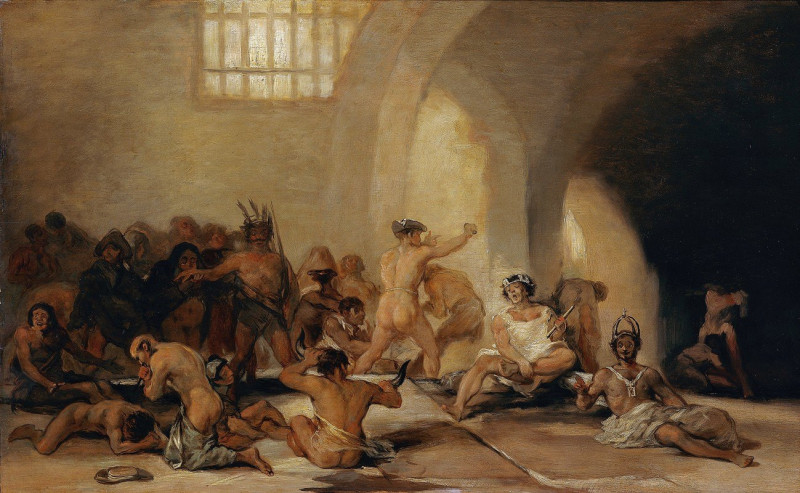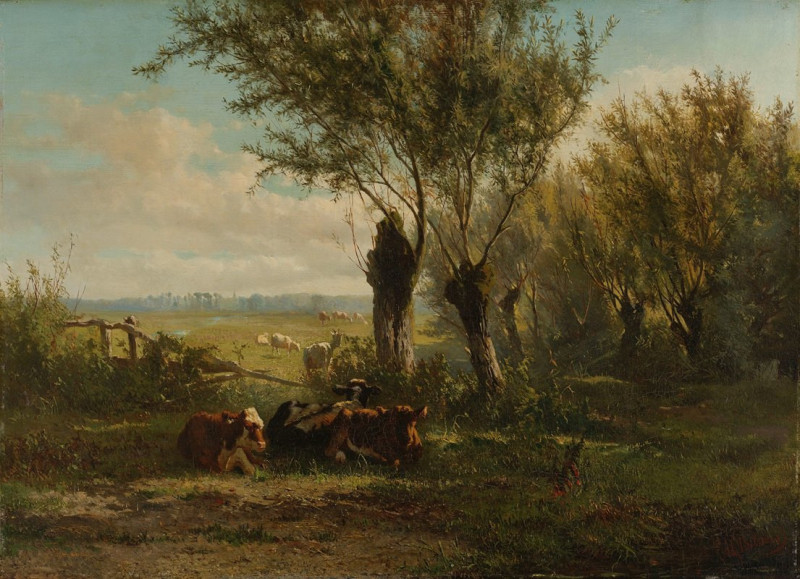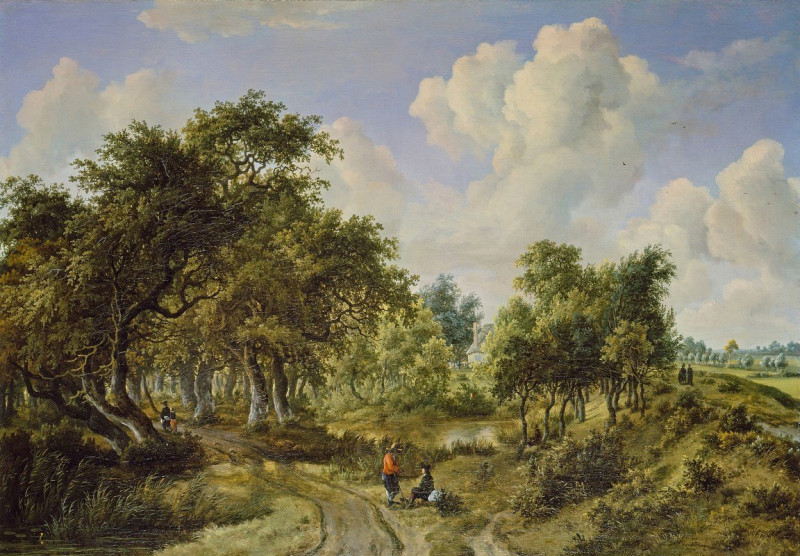El sueño de la razon produce monstruos. (The sleep of reason produces monsters.) (1796-1797)
Technique: Giclée quality print
Recommended by our customers
More about this artwork
Francisco de Goya's etching "El sueño de la razón produce monstruos," translated as "The Sleep of Reason Produces Monsters," is a powerful work from his series of aquatints known as "Los Caprichos." Created between 1796 and 1797, this etching is often interpreted as both a personal and societal commentary infused with dark, dreamlike elements.In the artwork, a man is seen slumped over a desk, his head resting on his arms, seemingly lost in a deep, unnatural sleep. Surrounding him are ominous creatures—owls and bats, traditionally symbols of darkness and ignorance. These creatures appear to be emerging from the darkness or perhaps are the creations of the dormant man’s subconscious. Above the figure float sheets of paper, likely indicative of unfinished work or the unresolved thoughts of a creative mind.The title of the piece suggests a cautionary tale: when reason sleeps, the irrational and monstrous can and will emerge. Goya, through this powerful imagery, warns of the dangers of intellectual and moral abandonment, highlighting how easily the human mind can become infiltrated by fears and illusions when the guiding light of reason is not present.This etching powerfully encapsulates Goya's criticism of the society of his time, which he viewed as being clouded by irrationality and superstition.
Delivery
Returns
Francisco José de Goya y Lucientes (30 March 1746 – 16 April 1828) was a Spanish romantic painter and printmaker. He is considered the most important Spanish artist of the late 18th and early 19th centuries. His paintings, drawings, and engravings reflected contemporary historical upheavals and influenced important 19th- and 20th-century painters. Goya is often referred to as the last of the Old Masters and the first of the moderns.














































